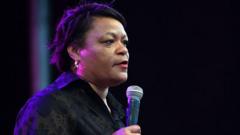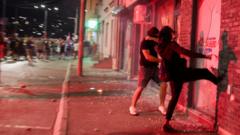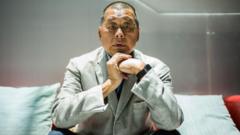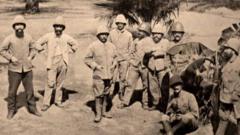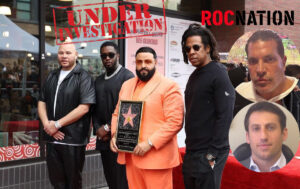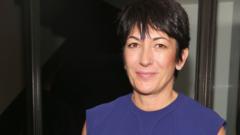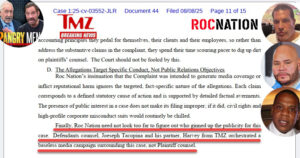As the trial of Sean "Diddy" Combs heads into its concluding stages, discussions about the strength of the prosecution’s case intensify. Key testimonies and evidence have surfaced, but lingering doubts and the defense’s strategies could heavily impact jury deliberation.
The Crucial Moments in Diddy's Trial: Can His Defense Overcome the Prosecution's Case?
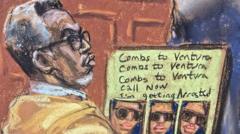
The Crucial Moments in Diddy's Trial: Can His Defense Overcome the Prosecution's Case?
As Sean "Diddy" Combs' trial progresses, questions arise about the effectiveness of the prosecution's claims against the music mogul amidst growing evidence and testimonies.
Prosecutors in New York are approaching the end of their case against Sean "Diddy" Combs in a drawn-out trial involving serious allegations of sex trafficking and racketeering. The 55-year-old celebrity is accused of utilizing his considerable influence within the music industry to facilitate the exploitation of women—an assertion that Crumbs vehemently denies, despite acknowledging some instances of domestic violence.
So far, the prosecution has paraded over 30 witnesses, including Combs’ former girlfriend and artist Casandra Ventura, known as Cassie. Her emotional and harrowing accounts described a tumultuous, abusive relationship that included coercive sexual encounters, referred to as “freak-offs.” These incidents have been critical in establishing the arguments surrounding sex trafficking, a charge that carries with it a potential life sentence.
One of the most striking pieces of evidence presented was a hotel surveillance video that purports to show Combs physically assaulting Ventura during one of these encounters. Additionally, testimonies from hotel staff and security personnel suggested a pattern of abuse and manipulation by Combs, alongside graphic images of Ventura’s injuries—their impact resonating profoundly with a jury of twelve.
However, the prosecution's case is complicated by the introduction of affectionate text messages sent between Ventura and Combs, which may cause jurors to question the narrative of coercion. Former prosecutor Jennifer Biedel notes that the blend of loving correspondence next to allegations of abuse may create a complicated picture for the jurors to navigate.
Prosecutors have also lost an important potential witness, diminishing their strength further, as it can be easier to convince a jury with multiple corroborating testimonies. In parallel, Combs faces serious racketeering charges, with prosecutors arguing that he orchestrated his alleged crimes through a well-organized operation, relying heavily on the cooperation of others who facilitated illegal activities.
However, proving racketeering can be a monumental challenge, given the complexities of the law and the necessity for concrete proof of a criminal enterprise. Legal experts believe that while sex trafficking may be simpler for the prosecution to demonstrate, sustaining a convincing narrative for racketeering demands extensive detail that may be hard for jurors to digest.
As the defense prepares to counter the prosecution's narrative, they grapple with the critical decision of whether or not to call Combs to the stand, which many high-profile defendants typically avoid to evade punishing cross-examinations. With no defense witnesses lined up, the strategy seems focused on dismantling the overarching conspiracy claims made by prosecutors rather than directly attacking the credibility of individual witnesses, a daunting task considering Combs' own admissions.
In conclusion, while the prosecution has laid down a compelling narrative backed by significant evidence, the complexities and challenges surrounding the legal definitions at play present a real challenge for their case. The next few days will be crucial as Combs' defense makes its stand, potentially shifting the dynamics as the jury deliberates the multitude of factors involved in this high-profile trial.

